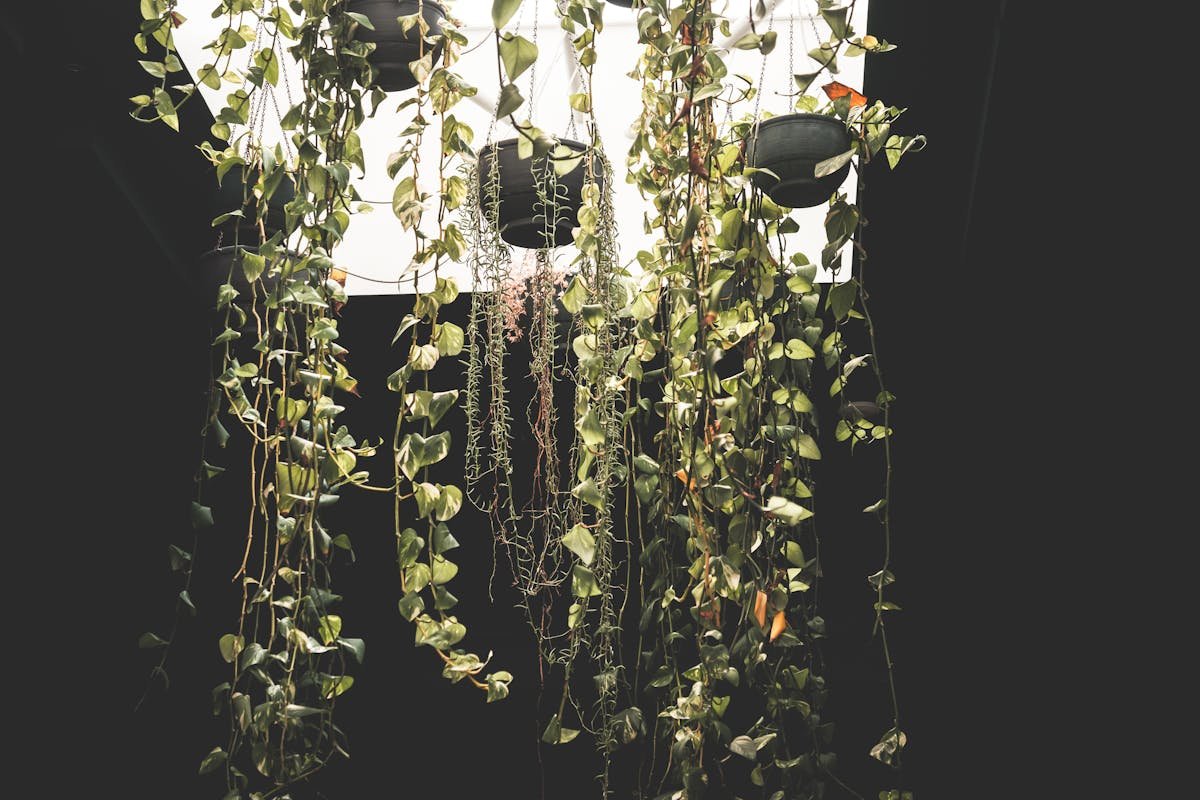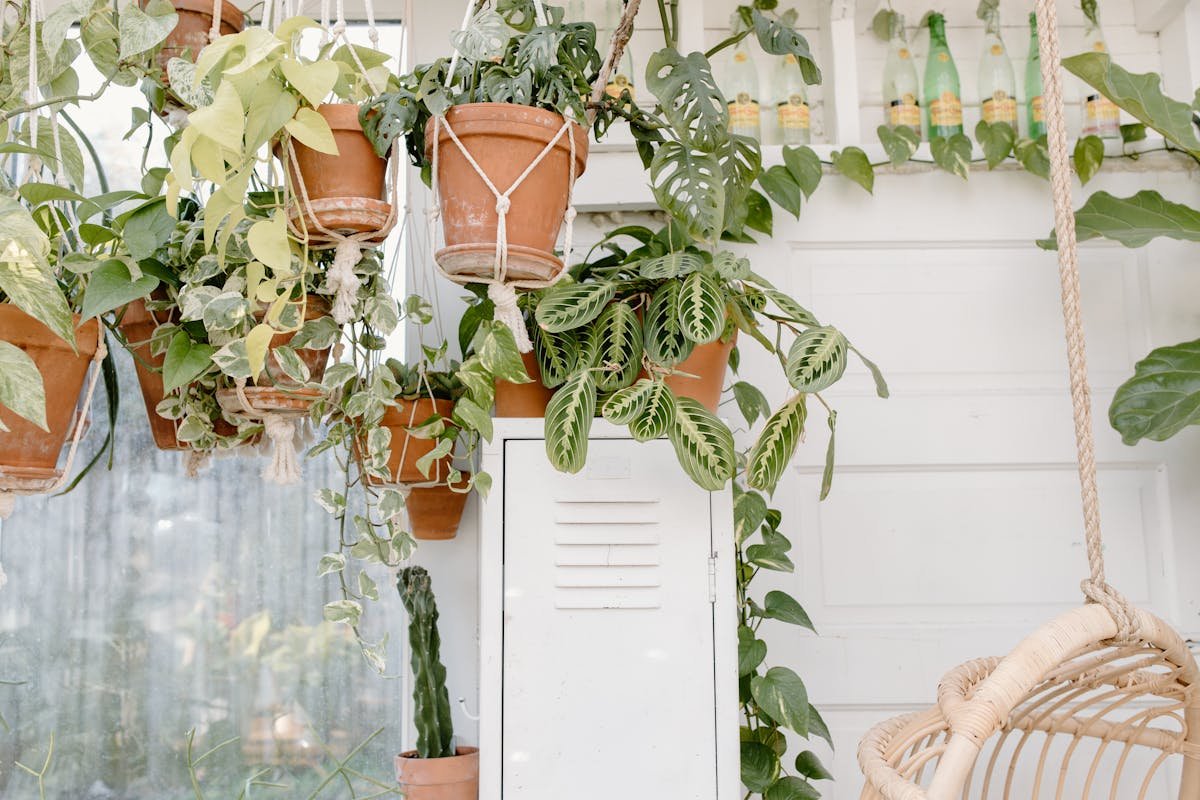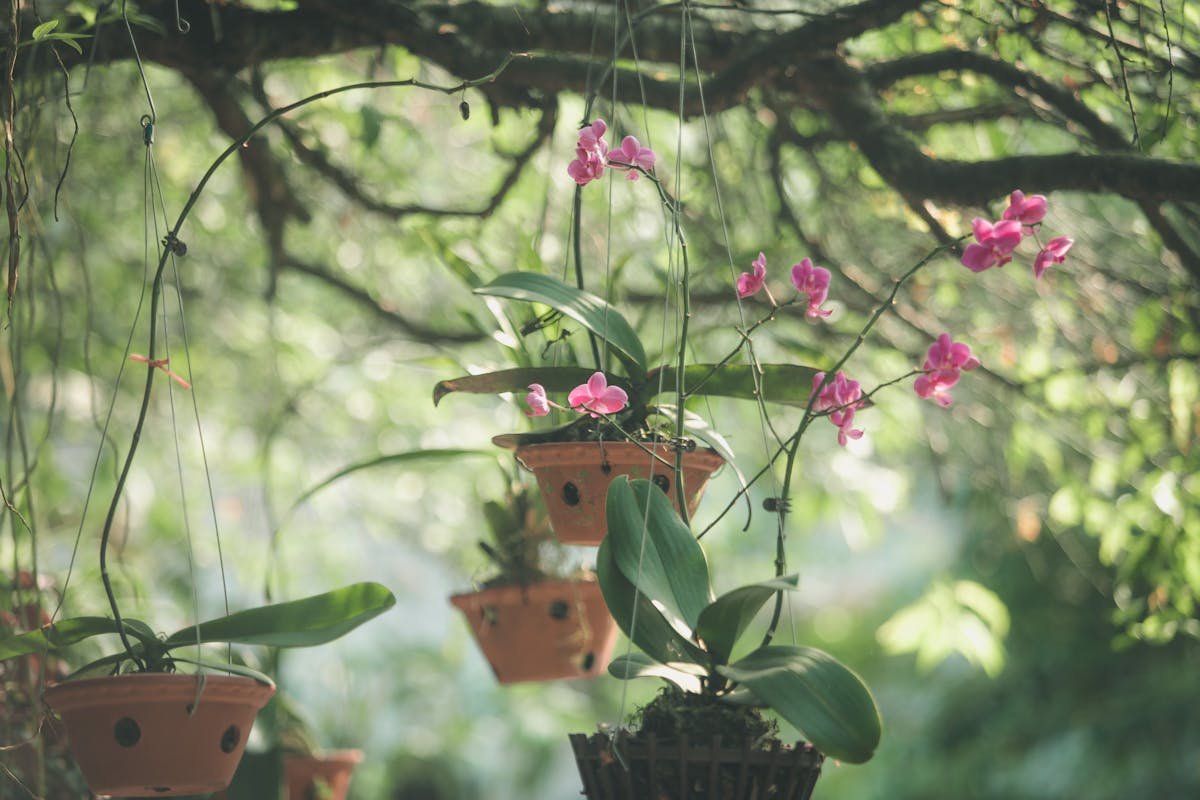A hanging garden is a great idea for those looking to innovate their decor. Using creativity and inventiveness, you can bring more life and color to any home. The best part is that it adapts to different locations, and is especially suitable for apartments, small houses and indoor spaces.
Therefore, creating a hanging garden on a wall , on a wall or any other area of the house could be the solution you were looking for to bring a new look to the environment. We have put together some tips to help you start yours without any difficulties. Keep reading and find out!
What is a hanging garden?
If you’re wondering what a hanging garden is, you should know that it can be many things! It all depends on your creativity, the space available and your decoration project. Basically, it consists of hanging plant pots and has no supports on the ground.
The famous green walls are an example of this gardening style. However, don’t let your imagination stop there. With a few techniques, we can transform shelves, bookcases and even the ceiling into a beautiful garden. We’ve broken down a few examples below to get you motivated.
1. Simple hanging garden with crates
If you want to make a cheap wooden hanging garden , here’s a great idea. With a few crates, found in markets and supermarkets, you can create an elegant and green space. Check out the tips below.
- Choose sturdy, sturdy crates in good condition. If necessary, use this step to personalize your future garden: painting the crates is a good way to bring more color to your space;
- Think of an interesting arrangement. Here, it’s worth looking at your home decor for inspiration. Do you prefer neatly arranged or “messy” crates? Use your imagination;
- Use screws or hooks to secure the crates to the wall. This is an important step, as it will make your shelves sturdy enough to hold your plants;
- Place your plants on the new shelves. Hanging plants look great in this arrangement.
2. Pallet garden

A pallet garden is another way to reuse objects and innovate your decor! Pallets give off a rustic and elegant look that goes well with both open and indoor spaces. This type of accessory requires a larger wall and good support for support. To build, follow the tips below.
- Choose a suitable pallet. To do this, measure the area where your garden will be and purchase an equivalent accessory;
- Varnish the pallet. This is an important step, as the wood will be in direct contact with the plant and humidity;
- Select pots of the same size and fix them to the structure;
- Considering the layout of your garden, mark each pot on the pallet. A good idea to keep your plants healthy is to create an alternating scheme, similar to a game of chess;
- Using the markings created, place hooks on the pallet. To do this, use a drill or similar material. This will make your plants more stable;
- Finally, place your pallet vertical garden on the wall! Remember that the final structure will be quite heavy, so think about a sturdy support system.
3. Hanging garden on the ceiling
If you want to innovate even more in your decor, the idea of a vertical garden on the ceiling is a great option! In it, the pots “float”, creating a modern and different atmosphere.
There are many ways to recreate this type of unique decoration in your space. Check out the ideas and tips for a suspended ceiling garden in the following simple tutorial.
- Choose a surface for your plants. Here, it’s worth using your creativity and paying attention to which objects can be reused. A wooden board or an iron fence are good options as a base for your roof garden;
- Place the cables that will support your pots. The ropes used in ceiling clotheslines are a good option! To fix them, use hooks and a drill;
- Attach your new shelf to the ceiling. At this stage, it is also recommended to use hooks and a drill, to make sure everything is secure;
- Finally, place the plants. Remember to use lightweight pots that adapt to the available structure to avoid overloading them.
Hanging garden care

Now that you know the different ways to create a hanging garden, it’s important to ensure that it stays healthy and beautiful. To do this, follow some essential recommendations.
Proper watering
Plants in hanging gardens tend to dry out more quickly, as they are more exposed to wind and sun. Therefore, pay attention to the needs of each species and water them at the appropriate frequency, without overdoing it.
Plant selection
Some species adapt better to this type of structure, such as ferns, snake plants, succulents and ivy. Choose plants that blend in with the environment and are easy to care for.
Efficient drainage
To keep the roots’ health from being jeopardized, don’t let water collect in the containers. Make use of pots with holes and, if required, drainage layers made of geotextile and expanded clay.

